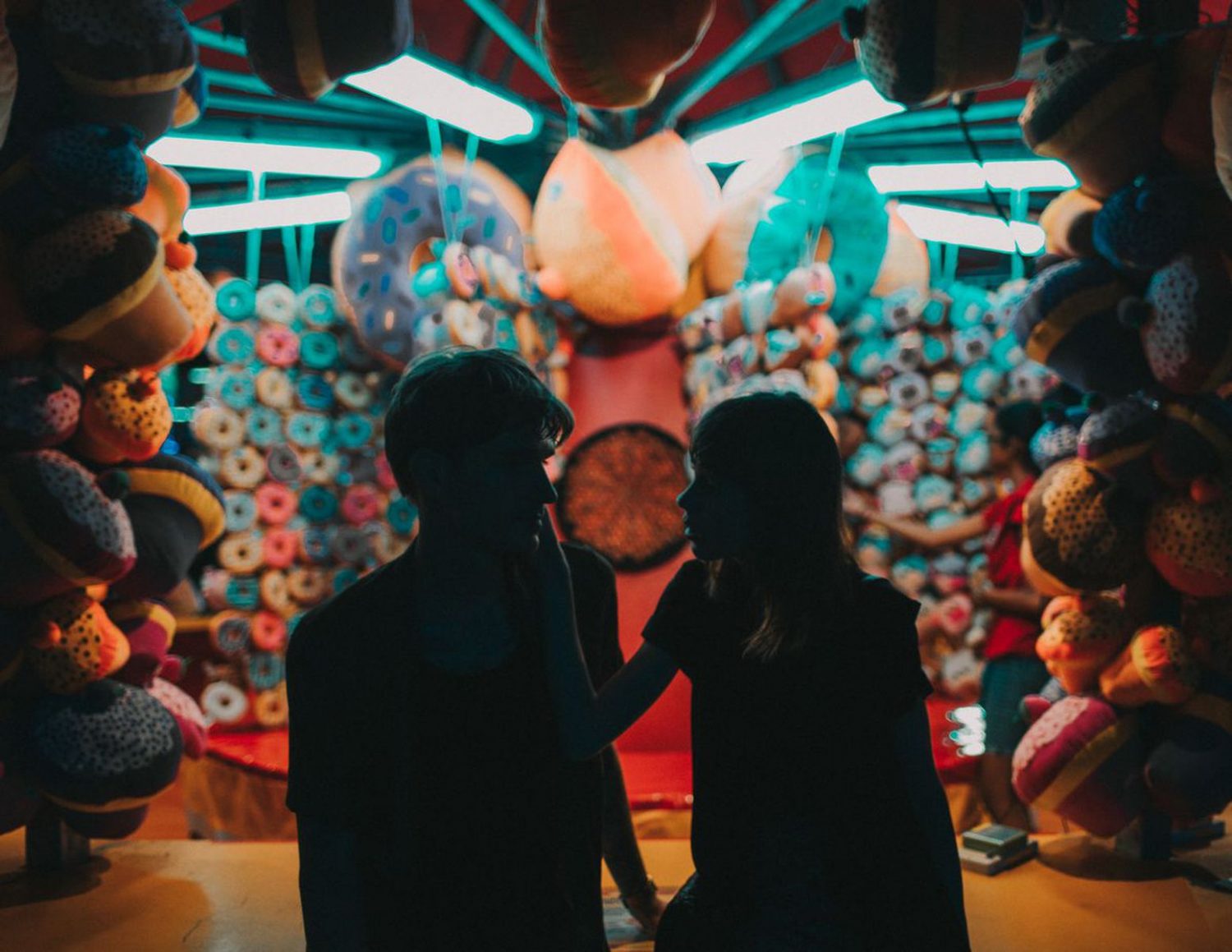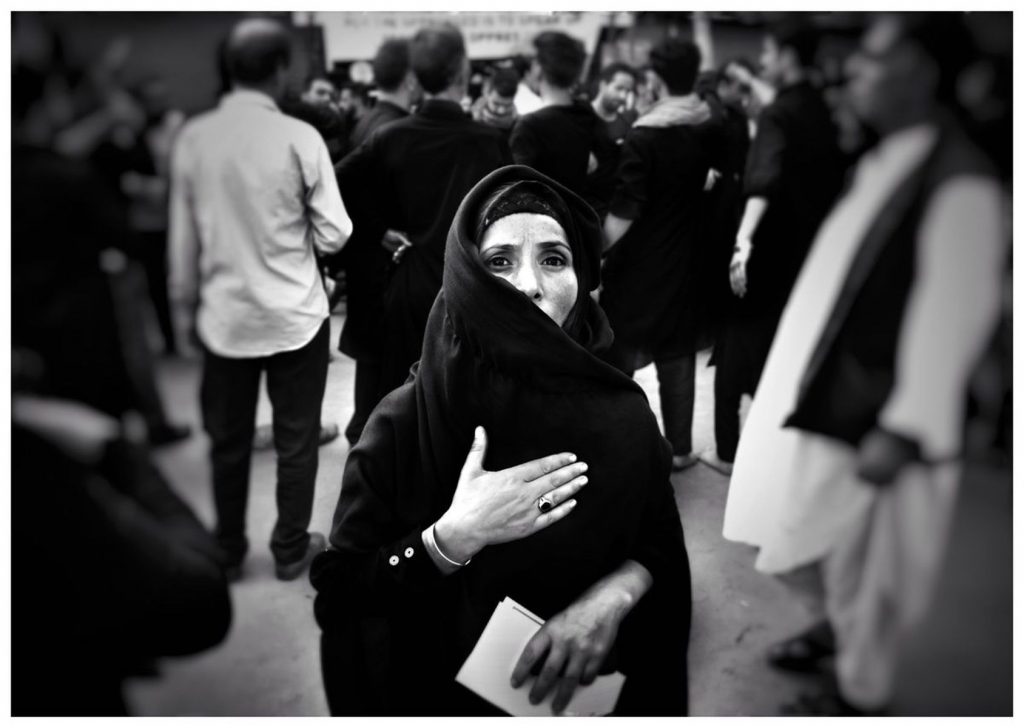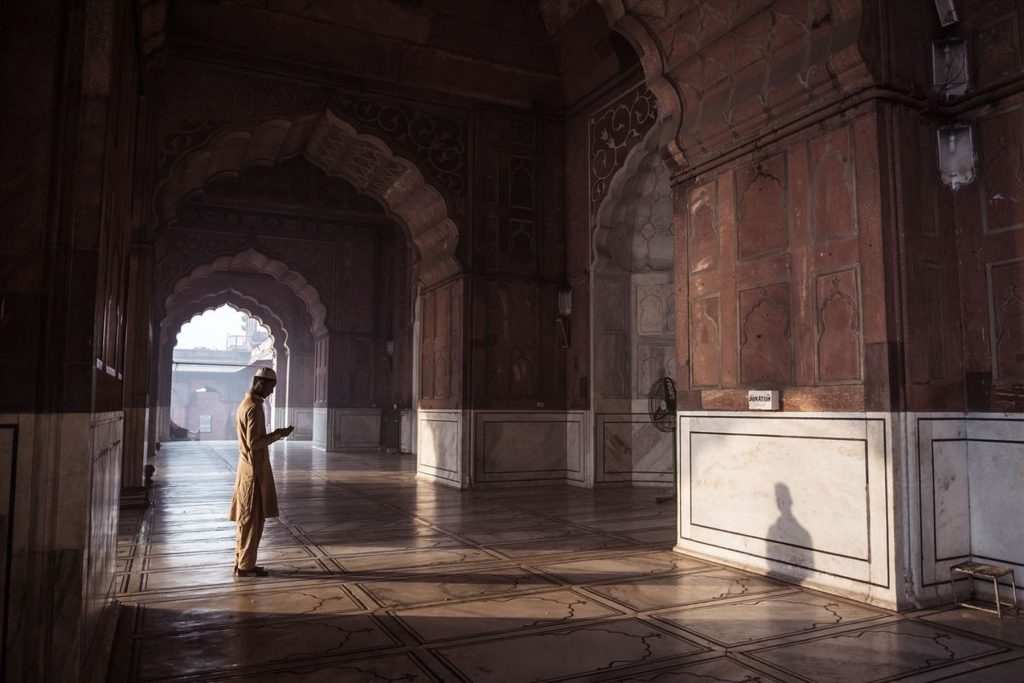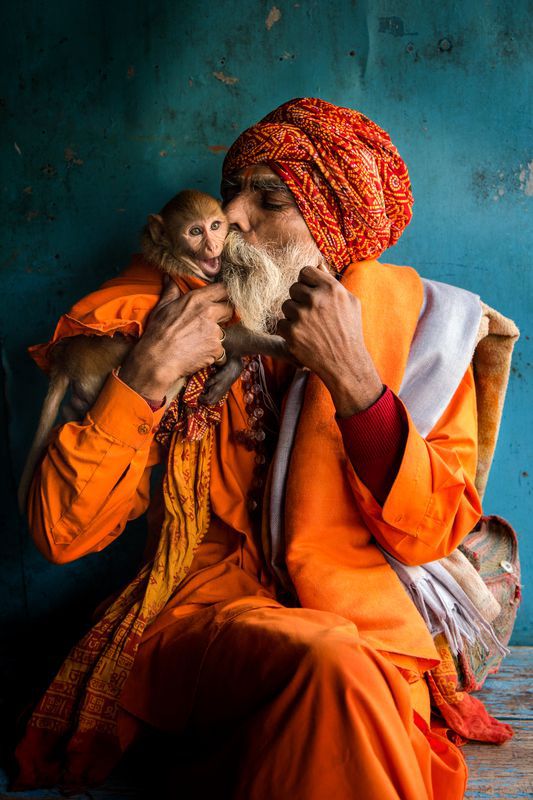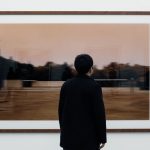The human brain processes visual information more quickly than it does text, and with more recall. This is why we act out stories in our mind as we read them, and process concepts better when they’re explained with analogies. In fact, it takes mere milliseconds for us to assimilate visual information as compared to the minutes it takes to digest text information efficiently.
Because a picture transcends language barriers as well as grammar and syntax, it can communicate things that might get lost in translation, especially when it comes to telling stories. Here are some tips every photographer should use when trying to speak a thousand words with one picture.

Indra Supriadi/PIXERF
#1 Think ahead
Travelling provides some of the best opportunities for cultural narratives, as you get to capture glimpses into the everyday lives and practices of locals. How these narratives translate in a frame depends largely on how you post-process your photos. Decide if you want to bring out vivid colours, or desaturate to create an evocative setting. Do you want the viewer to look through your eyes, or through the subjects’ eyes? Would a scene look better in black and white? Of course, how you frame your photo when shooting will affect how much magic you can add while post-processing.
#2 Follow composition rules
Sure, you’re not just framing landscapes and scenery, but that doesn’t mean you should wing it when it comes to composition. Apart from the rule of thirds and the golden ratio, think about the various shapes and lines of your subject and their environment so that you can place them optimally within your frame. Experiment with different angles, and remember to use negative space to your advantage. Check out our tips for geometrical framing here for some inspiration.
#3 Use a shallow depth of field
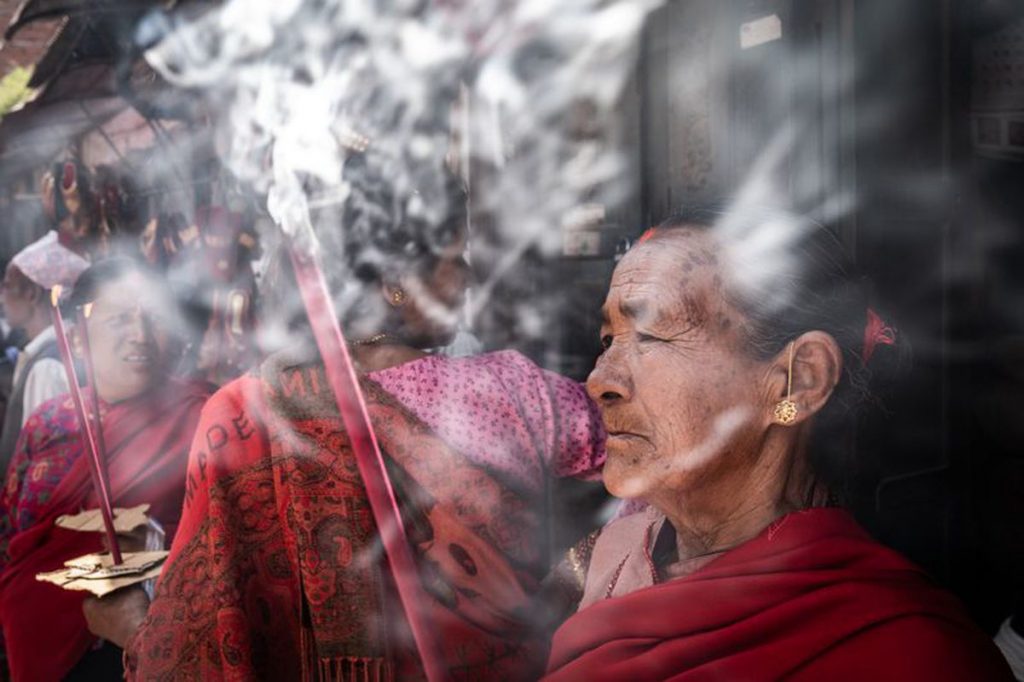
CK NG/PIXERF
Particularly in cultural photography, a shallow depth of field allows you to direct your viewer’s focus to a single narrative. There may be a lot going on in the background, but you can leave it for another shot. Using this technique allows you to declutter your frame, allowing the true essence of your story to shine through.
#4 Capture vibrant colours
Whether you are planning to desaturate or oversaturate a photo depends on your personal preference, but when framing a scene, always capture vibrant colours. This gives you more latitude while post-processing, as you already have the contrasts you need. Can’t decide on a colour? Take a look at our colour psychology series for more on framing red, blue, yellow, and earth tones.

